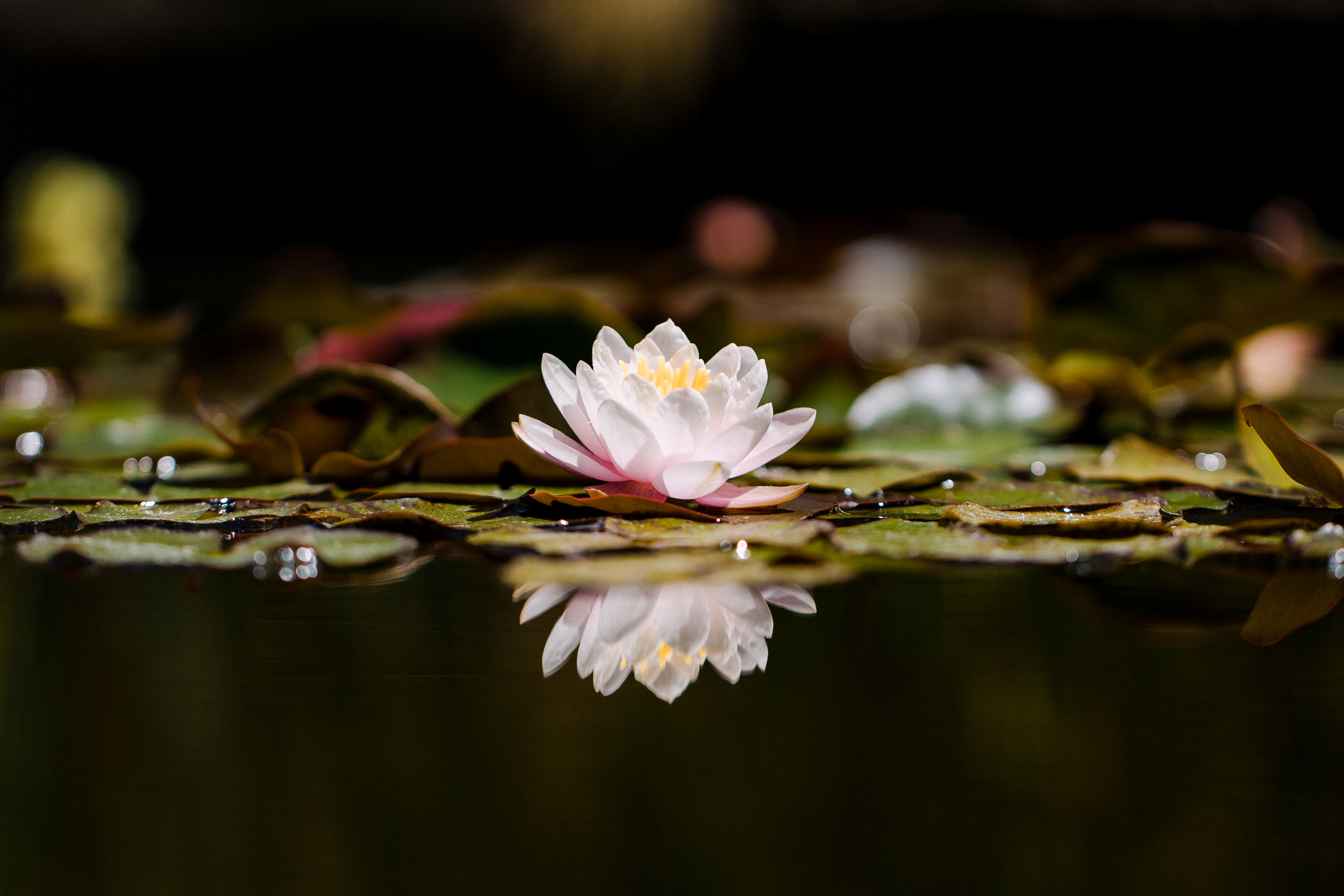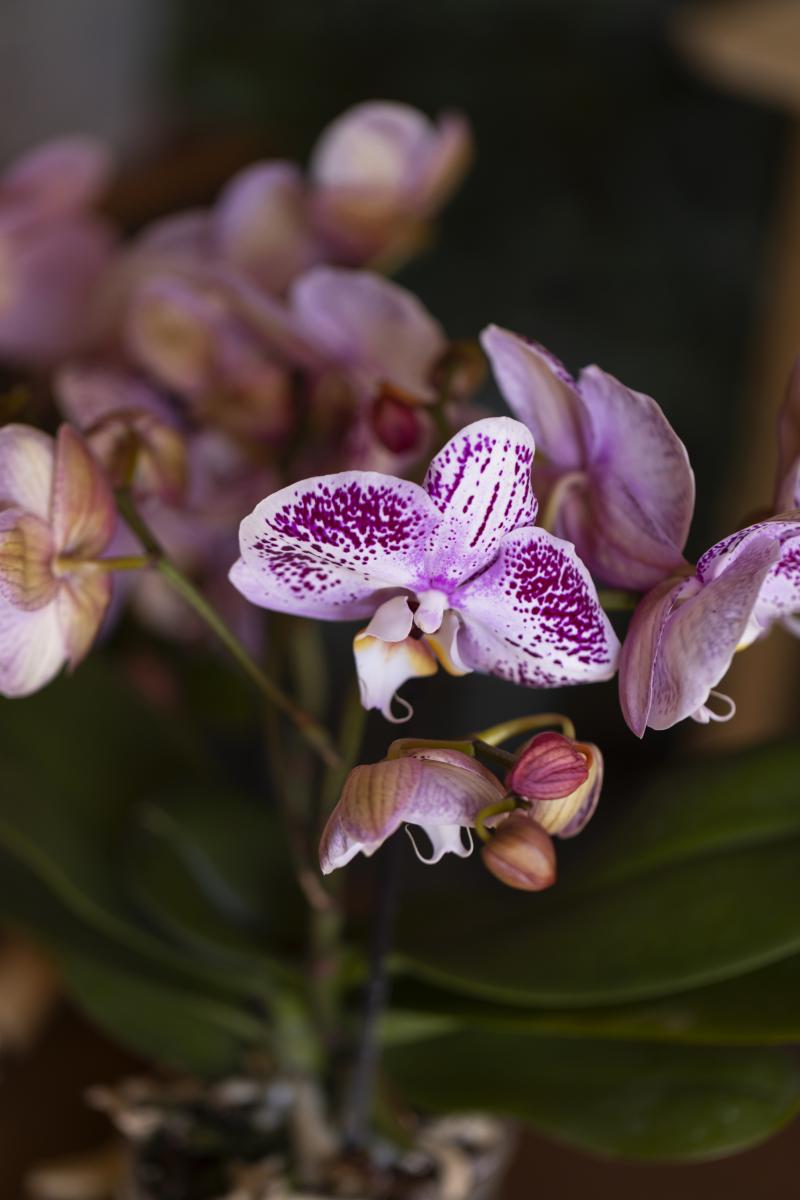Nature’s Charm
As the New Year begins, gardens come alive with blooms that hold deep cultural and symbolic meanings. This article explores plants believed to bring good luck, from Nepal’s revered Tulsi and Peepal trees to globally cherished symbols like the Jade Plant,

Season’s greetings from the Green Owl. Wishing you a Happy New Year! Here’s to another year of growth, success, and plenty of gardening.
We are fortunate to start a New Year in Spring just as our gardens are vibrating back to life with abundant flowers, and all of them hold a special meaning, although we are still missing out on those crucial early spring rain showers this year.
As someone who grows a lot of plants, I’m always a bit conscious about their origin, how easy or difficult they are to grow, how long a lifespan they have and do they also bring in some kind of energy to my space. There are many plants that are believed to bring good luck due to cultural, symbolic and historical associations.
In this article, I thought of sharing with you some of the plants that have been identified as bringing fortune and good luck.I can think of a few plants here in Nepal that have been sought for the same purpose and all of them are deeply rooted in our religion.
Tulsi (Holy Basil) is believed to bring spiritual protection, health, and prosperity to the household.
Marigolds (Sayapatri) are considered auspicious, especially during festivals like Tihar, when they are used for decoration to bring good luck and positive energy.
Money Plant (Pothos or Jade Plant) is something my mother grew at home and said it was to bring in the money. I’m not sure if that truly works but safe to say we never went broke.
Peepal Tree (Ficus religiosa) as we all know is believed to bring spiritual peace, protection, and blessings.
In most parts of Asia, the Bamboo (Bamboo Palm or Lucky Bamboo) stands as a symbol of good fortune, wealth and prosperity, particularly in Chinese culture.
Jade Plant (Crassula ovata) is known as the money tree in South Africa and is believed to bring wealth and prosperity.
Four-Leaf Clover works for all of us, doesn’t it? The rare four-leaf variety of the common clover is considered to bring good luck with each leaf symbolizing faith, hope, love, and luck.
Orchids are considered a symbol of good luck and prosperity when given as a gift.
The Peace Lily just like its name brings positive vibes and inner peace to you and your home.
Tulips in Persian culture, tulips are symbols of perfect love and are thought to bring good fortune.
Lavender is often associated with peace and calm, bringing luck by warding off negative energy and bad spirits.
Pine Trees in many cultures are symbols of longevity, health, and resilience, bringing good fortune.
Snake Plant (Sansevieria) is known to bring good luck in many cultures, particularly for its ability to purify the air and provide protection.
In China, the Citrus Trees (Lemon, Orange) are seen as symbols of abundance and wealth, particularly around Chinese New Year, and are believed to bring good luck and prosperity.
The beautiful Lotus Flower is very popular all over Southeast Asia symbolizing good luck, purity, enlightenment, and rebirth.
Chrysanthemums are very popular good luck charms in Japan and China.
In both countries, chrysanthemums are symbolic of good luck, longevity, and happiness.
These plants are not only considered symbols of luck, but they also add beauty and positive energy to any environment. So, as the New Year dawns and you are thinking of hosting someone a plant or getting now new plants for yourself, I hope this helps you in choosing the right one for the right occasion.
Happy gardening folks !!!



